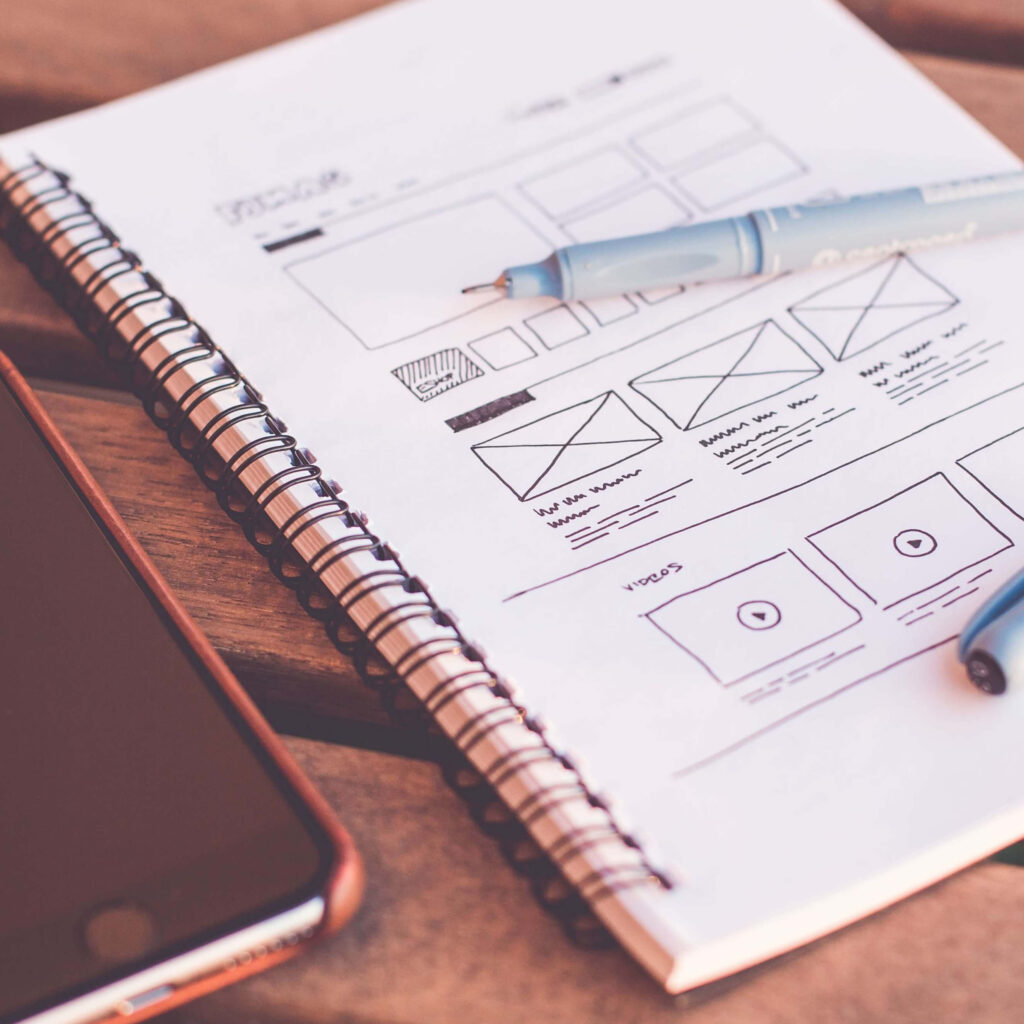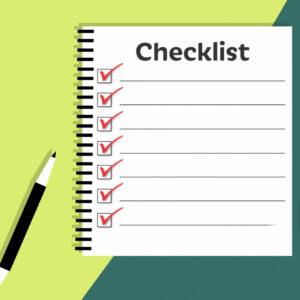
Imagine a world where creating digital content is as intuitive as arranging physical objects on a canvas. A realm where your creative vision seamlessly transforms into a digital reality, where the boundaries between design and output blur, and where what you see during the creative process is precisely what you get in the final result. In what has only taken off in the mid twenty-teens, this latest innovation in web design has become ubiquitous, from DIY site-makers, to WordPress, to offline visual editors that generate code as you build.
WYSIWYG (pronounced “wissy-wig”) stands for “What You See Is What You Get”. It describes software that allows users to create or edit content in a visual interface, closely resembling the final output. You likely use such software all the time. A great example is a word processor. When you print your document, the printed form matches what you see on-screen. That is to say, what you see is what you get.
What We'll Cover
What it means for websites
More often than not, you’ve heard of WYSIWYG web tools as “page builders” or “visual editors”. They often include features such as formatting options, drag-and-drop functionality, and the ability to insert images and other multimedia elements into the content. WYSIWYG editors can be useful for users who are not familiar with coding or markup languages. It also offers convenience for those who are familiar with coding but prefer editing visually and in real-time.
WYSIWYG editors can be a great way to create and edit content, but they have some limitations. One limitation is that they can be slow and unresponsive, especially when working with large documents. They need to load not just the tools needed to edit, but also all the means by which to display the final website in real-time. Another limitation is that they can be difficult to use for complex formatting tasks. Despite these limitations, WYSIWYG editors are a popular choice for many users. They are easy to use and provide a clear visual representation of the final product.
What’s great about it?
There are several reasons why someone might want a WYSIWYG application, even if most of the work is handled by a dedicated designer or design company:
- User-friendly: A WYSIWYG application provides a visual interface that allows anyone to create and edit content without needing to understand HTML, CSS, or JavaScript. This makes web content management more approachable for non-technical users.
- Efficiency: WYSIWYG editors can significantly speed up the process of creating and updating website content. For straightforward website layouts, these editors are more time-efficient than hand-coding in HTML or CSS. The drag-and-drop functionality and pre-designed elements allow users to quickly assemble web pages without starting from scratch.
- Design consistency: Consistency is crucial. WYSIWYG editors often come with pre-designed templates or style guides that ensure content adheres to the overall design language of the site. This helps maintain a uniform look and feel, even when multiple users are updating the site.
- Accessibility: For customers who have accessibility needs, a WYSIWYG editor can make it easier to create accessible content. It also typically includes responsive design features by default. Many WYSIWYG editors also come with accessibility features built-in. Such features include adding alt text to images or create headings that are correctly structured for screen readers.
- Cost Effective: Even for those with technical expertise, WYSIWYG applications can save time and reduce the complexity of managing a website. The convenience of these tools can streamline the process of site maintenance and updates, ultimately saving time and money.
Even if you have technical know-how and want to manage a website yourself, WYSIWYG applications save you time and hassle, which ultimately save you money. Much of this convenience is priced-in by the multitude of third party plugins. The same goes for the earlier-mentioned site builders, which have tiered pricing depending on desired features and functionality.
What’s not so great about it?
While the main perks of WYSIWYG are broadly grouped under “time efficient”, there is a tradeoff. The cons can be best summed up by “technically inefficient”, namely:
- Code Bloat: One of the most significant issues with WYSIWYG editors is the generation of messy, bloated code. These editors often produce unnecessary tags, inline styles, and excessive markup, which can slow down website performance, increase page load times, and negatively impact SEO. The code output is often less efficient than hand-coded alternatives, leading to potential optimization challenges.
- Limited Customization: While WYSIWYG editors are excellent for basic designs and layouts, they often fall short when it comes to intricate or unconventional styling. Users with specific design requirements may find themselves constrained by the limitations of the editor, struggling to implement unique features or complex layouts. This limitation can be a significant drawback for brands that require a highly customized web presence.
- Dependency on Tool Quality: Not all WYSIWYG editors are created equal, and the quality of the tool can significantly impact the final output. Some editors generate cleaner, more efficient code than others. It’s crucial to choose a WYSIWYG application that balances ease of use with the production of clean, optimized code. Failure to do so can result in a subpar website that requires additional time and effort to fix or optimize.
- Potential Over-reliance on Templates: While templates can ensure consistency, they can also lead to a lack of originality. Overreliance on pre-designed templates may result in a website that looks generic and fails to stand out from competitors. Balancing the convenience of templates with the need for a unique brand identity is essential for maximizing the effectiveness of WYSIWYG tools.
WYSIWYG and WordPress
WordPress is still the primary content management system (CMS) and design platform used in web development. If you haven’t used it in a few years, you may be interested to know WYSIWYG builders have made their way to this popular platform.
Most WYSIWYG editors are either desktop applications or freemium site builders with their own interface, code, and set of benefits and drawbacks. You may have heard of WordPress being the platform driving the majority of websites on the internet. Much like other site builders, WordPress has its own set of benefits, drawbacks, interface, and functionality.
More recent versions of WordPress feature the native Gutenburg page editor as the default design tool for your webpages. Initial iterations on the editor were certainly not WYSIWYG. You would need to preview what you made to see everything the way it would show up after publication. More recent changes to Gutenburg, however, are shifting closer in the editor to what you could expect to see after publishing your pages. Combined with the customization potential of the WordPress platform, and you have a solution that marries convenience with capability.
What you should get
We think WYSIWYG applications are worth looking into if you are interested in managing your website directly. It helps you edit website content quickly and efficiently, and avoid having to code every page in HTML, PHP, or CSS. This means you can iterate quickly on a design, and ultimately better control how your website looks with less headache.
Remember, the best approach depends on your goals, skills, and project requirements. Whether you embrace WYSIWYG or hand-craft every line of code, the key is to create delightful user experiences.





